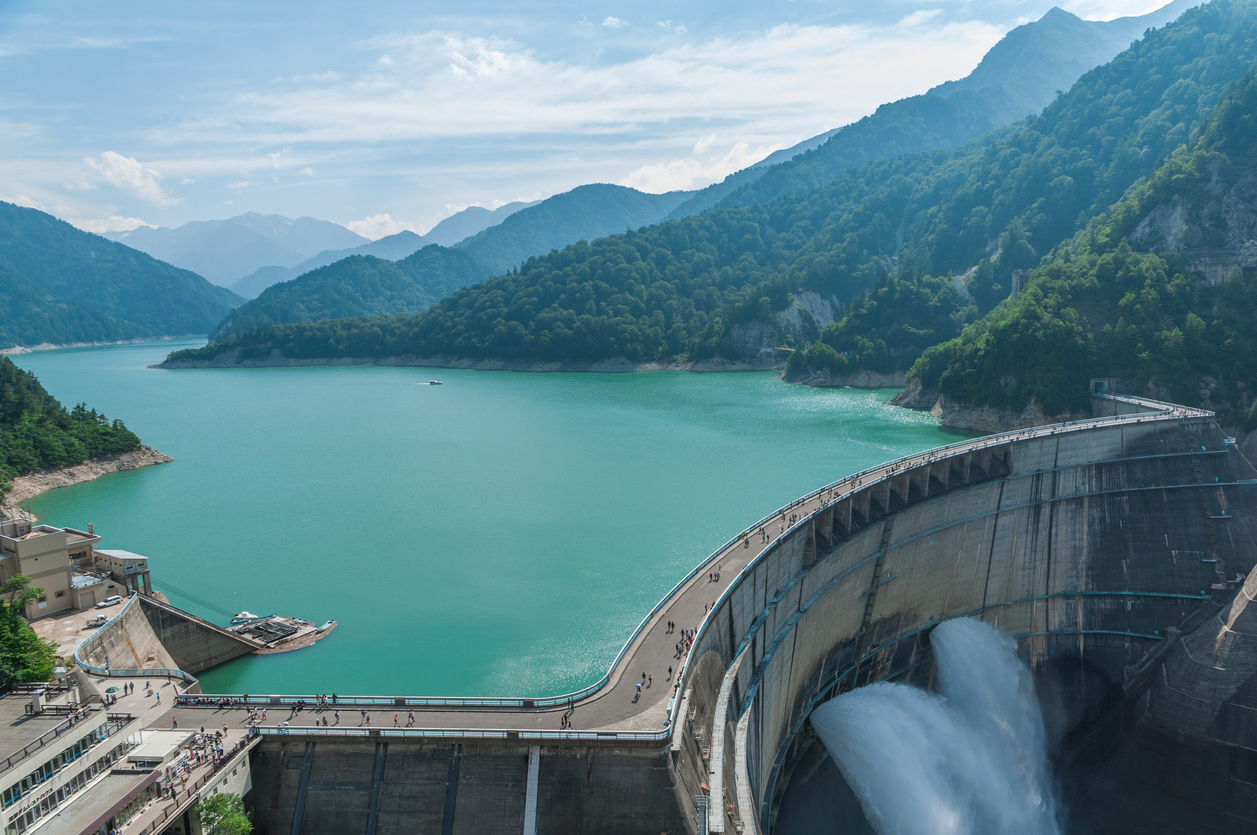2021/04/15
Movement for Carbon-Free Society Gaining Momentum – Water Resources to be Utilized to the Utmost as Energy

(The original article in Japanese was posted on November 13, 2020)
On October 13, International Energy Agency (IEA) released “World Energy Outlook 2020,” showing the path to realize zero emission of waste products that pollute the environment or disrupt the climate by 2050. This is quite challenging, nevertheless, Europe has already gone into action to achieve this by 2050, China by 2060, and Japan also declared its intention to achieve zero emission by 2050. With regard to the United States, Joseph Robinette Biden, Jr., who announced his intent to have the country rejoin the Paris Climate Agreement, will come into power.
Trends for carbon-free society will gain momentum again. Especially in industrial circles, investment in offshore wind power, hydrogen, next-generation cells, carbon recycling, and electricity transmission and distribution control system will be reinforced. ESG investment over 3,500 trillion all over the world will be the boost in this regard.
On the other hand, in view of climate and geographical characteristics of land in Japan, shouldn’t we consider utilizing simple energy source “water”?
The other day, I had a chance to meet Dr. Kotaro Takemura, Chair of Japan Water Forum, a specified non-profit organization (NPO). He served as Director General of the Kinki Regional Construction Bureau and Director General of the River Bureau, Ministry of Land, Infrastructure and Transport and Tourism (former Ministry of Construction), so he is a professional in administration of dams.
“Japan owns water that can be energy source. However, due to the Specified Multipurpose Dam Law made in 1957, the potential hasn’t been shown up yet. There is no need to build new dams. 20% of electric power demand can be ensured by changing the operation rules of existing dams and a little bit of additional investment such as 10% levee raising. This is equivalent to electric power of 1 trillion yen. Dams are national capital built at the sacrifice of lives of people used to live there, and will not be broken semipermanently. We have responsibility to keep these dams for “future national interests,” he said.
Since the beginning of this year, Ministry of Land, Infrastructure, Transport and Tourism started reconsidering of dam operation system to enable flexible switching/controlling of the volume of water kept in store or the amount of electric power produced. This may be a breakthrough for 100% domestically-produced, low-carbon and cost-free permanent utilization of energy source that is available all over Japan, and takes a major step forward to achieve Takemura’s goal.
This Week’s Focus, November 13, 2020
Takashi Mizukoshi, the President